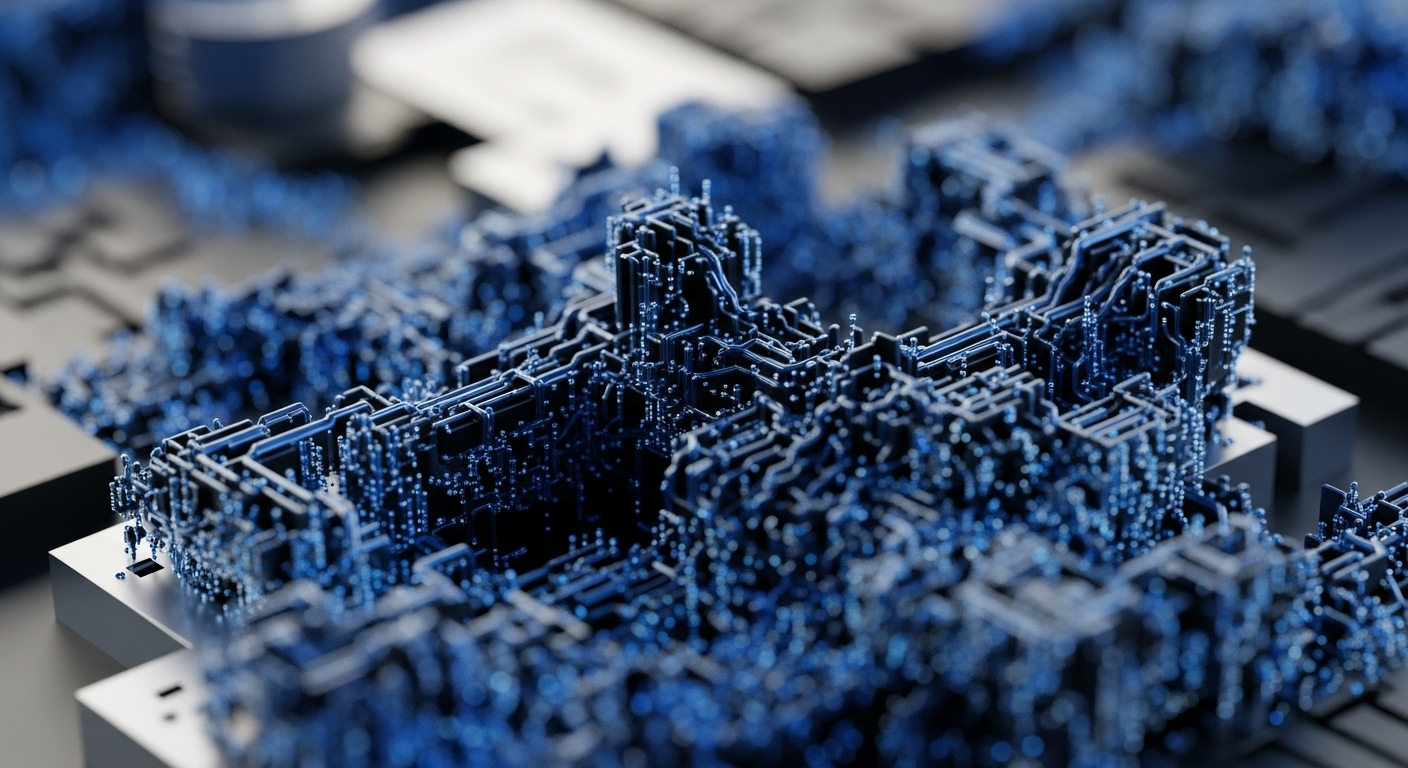
Briefing
A recent “malformed” transaction triggered a temporary chain split on the Cardano network, exposing a vulnerability in its underlying software. This technical disruption caused ADA’s price to dip modestly from $0.44 to $0.40, highlighting the critical importance of robust network code and the potential impact of even valid-at-protocol-level transactions on blockchain stability. The incident, while largely unnoticed by the broader market, underscores ongoing challenges in maintaining secure and unified decentralized systems.

Context
Before this incident, many in the crypto community often wondered about the true resilience of blockchain networks against subtle technical exploits or unforeseen code interactions. Was the underlying infrastructure of major protocols truly as robust as perceived, or could a seemingly minor transaction trigger significant disruptions? This event provides a concrete example of how even well-established networks can face unexpected challenges, prompting questions about the depth of security audits and the speed of vulnerability resolution.

Analysis
The temporary chain split on Cardano occurred because a specific “malformed” delegation transaction, while technically valid according to the protocol rules, exploited an old code bug within Cardano’s software library. Think of it like a car with a hidden design flaw that only becomes apparent when a very specific, but legal, driving maneuver is performed. This flaw caused different network nodes to process the transaction inconsistently, leading to a divergence in their understanding of the blockchain’s history and effectively splitting the network into two temporary chains. The market reacted with a slight price decline for ADA, demonstrating that while the network was disrupted, the overall impact on the token’s value was contained, possibly due to the incident going largely unnoticed by a significant portion of the market.

Parameters
- ADA Price Decline ∞ From $0.44 to approximately $0.40. This represents the immediate financial impact on Cardano’s native token following the network split.
- Network Event ∞ Temporary chain split caused by a “malformed” delegation transaction. This highlights a technical vulnerability exploited by an old code bug.
- Cause Agent ∞ An ADA staking pool operator, Homer J, used AI-generated code to execute the transaction.

Outlook
In the coming days and weeks, market watchers should observe the Cardano community’s response to this incident, particularly regarding software updates and future security enhancements. The key indicator will be the successful and timely implementation of node software updates by staking pool operators to prevent similar occurrences. A swift and unified resolution will reinforce confidence in Cardano’s ability to handle technical challenges, while any delays or further complications could lead to renewed scrutiny and potential price volatility for ADA.
